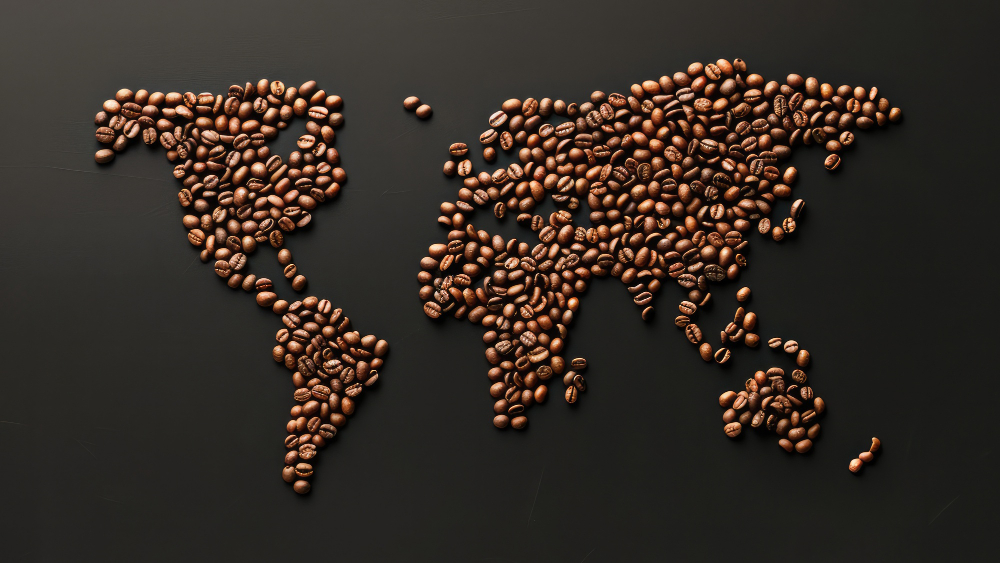
The History of Coffee: From Ancient Ethiopia to Global Phenomenon 🌍📜
Coffee isn’t just a beverage—it’s a cultural force, an economic engine, and a daily ritual for billions. But where did this remarkable bean originate, and how did it spread across the world? Let’s journey through the captivating history of coffee.
☀️ 1. The Ethiopian Legend: Kaldi and the Dancing Goats
Coffee’s story begins in the ancient highlands of Ethiopia, around the 9th century. Legend has it that a goat herder named Kaldi noticed his goats becoming unusually energetic after eating red berries from a certain tree. Curious, Kaldi tried the berries himself and experienced a similar burst of energy.
Monks at a nearby monastery began using the berries to stay awake during prayers, and soon the energizing drink began to spread.
⛵️ 2. Coffee Travels to the Arab World
By the 15th century, coffee had reached Yemen, where Sufi monks used it to aid concentration during night meditations. The Yemenis began cultivating coffee, especially in the region of Mocha, which later gave its name to a popular coffee style.
The drink gained popularity across the Middle East, particularly in Mecca and Medina. Coffee houses, called qahveh khaneh, became important centers of social interaction, music, storytelling, and political discussion.
🕌 3. Ottoman Empire and Coffee Culture
Coffee reached Istanbul in the 16th century and became deeply embedded in Ottoman culture. The Ottomans refined coffee preparation and introduced customs such as serving coffee with sweets and using ornate cups.
Interestingly, coffee was at times banned by religious authorities due to its stimulating effects and role in social gatherings.
⚓️ 4. European Discovery and Coffeehouses
By the 17th century, coffee made its way into Europe via trade routes. Initially met with suspicion (some even called it the “bitter invention of Satan”), it was eventually embraced after Pope Clement VIII allegedly tried it and gave it his blessing.
Coffeehouses soon sprang up in cities like Venice, Paris, and London, becoming hubs for intellectual debate, business, and art. These cafes earned the nickname “Penny Universities” because for the price of a cup, you could join stimulating discussions.
🌱 5. Global Cultivation and Colonialism
As European demand surged, colonial powers began cultivating coffee in their overseas territories:
- Dutch in Java (Indonesia)
- French in the Caribbean
- Portuguese in Brazil
By the 18th century, Brazil emerged as the world’s top coffee producer—a title it still holds today. The global coffee trade played a significant role in shaping colonial economies and labor systems, including slavery.
🌎 6. Coffee in the Modern World
Today, coffee is one of the most consumed beverages globally, with more than 2.25 billion cups enjoyed every day. It supports over 125 million people worldwide across farming, trade, roasting, and retail.
The rise of specialty coffee, fair-trade movements, and third-wave coffee culture reflects a growing interest in the origins, quality, and ethical production of coffee.
☕️ Conclusion: A Drink that Changed the World
From Ethiopian legends to your morning latte, coffee has journeyed through time, geography, and culture. It has inspired revolutions, powered ideas, and brought people together. Understanding coffee’s history adds deeper meaning to every sip we take.
